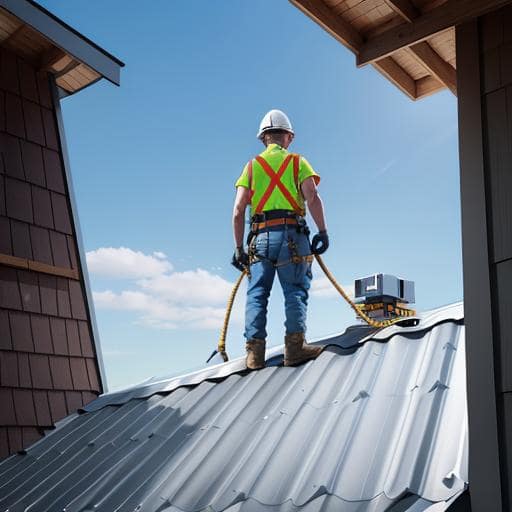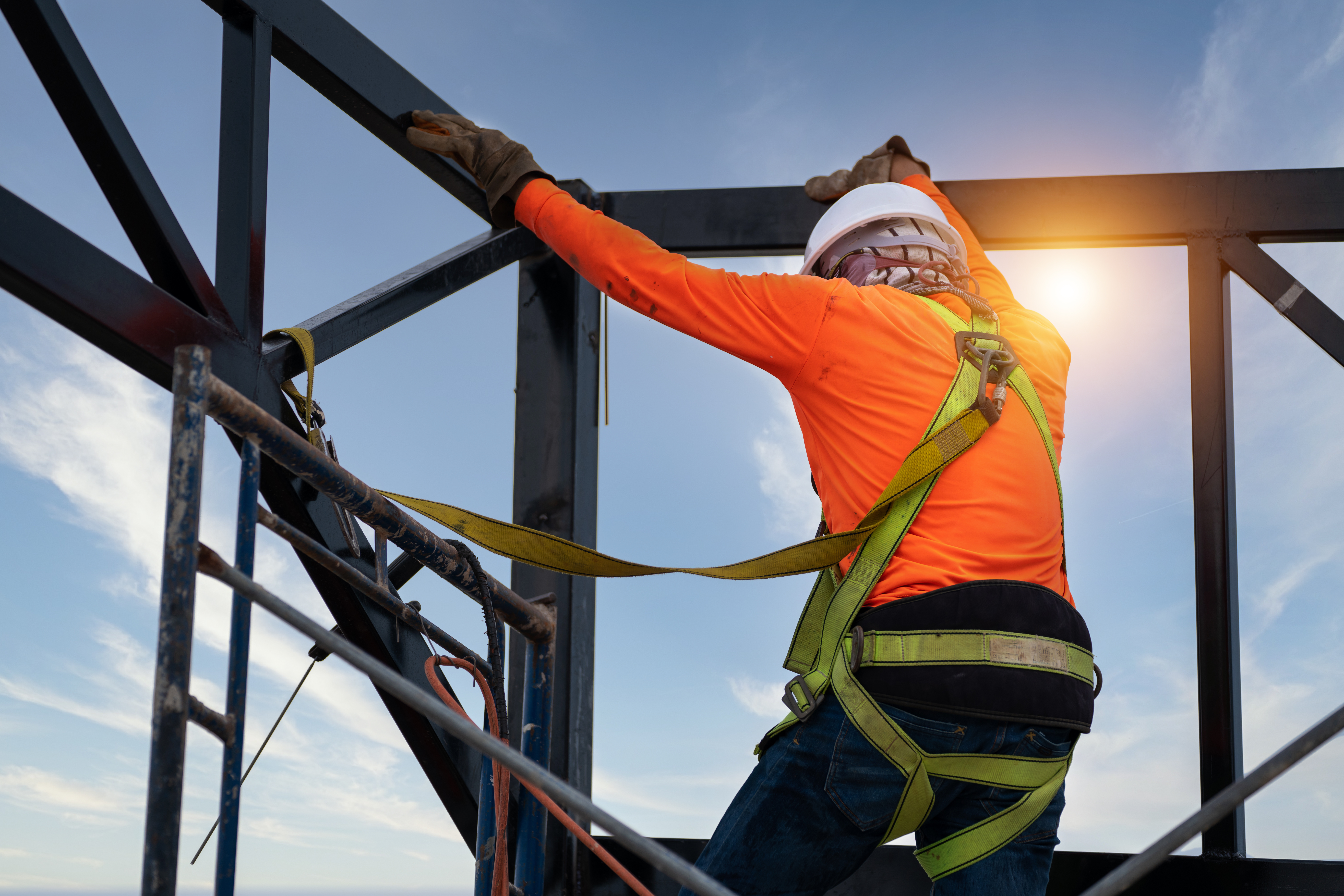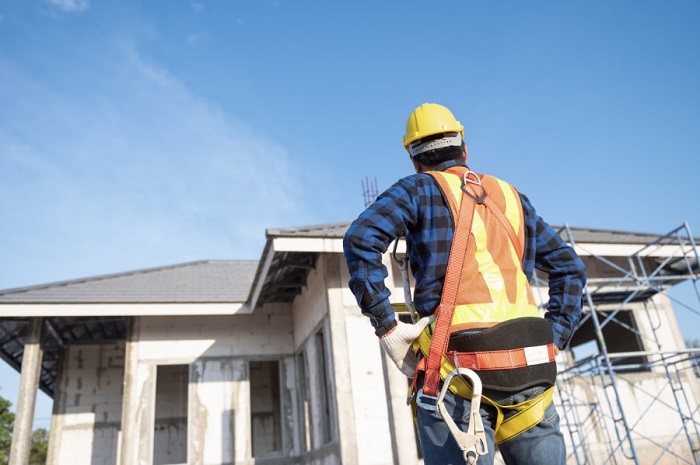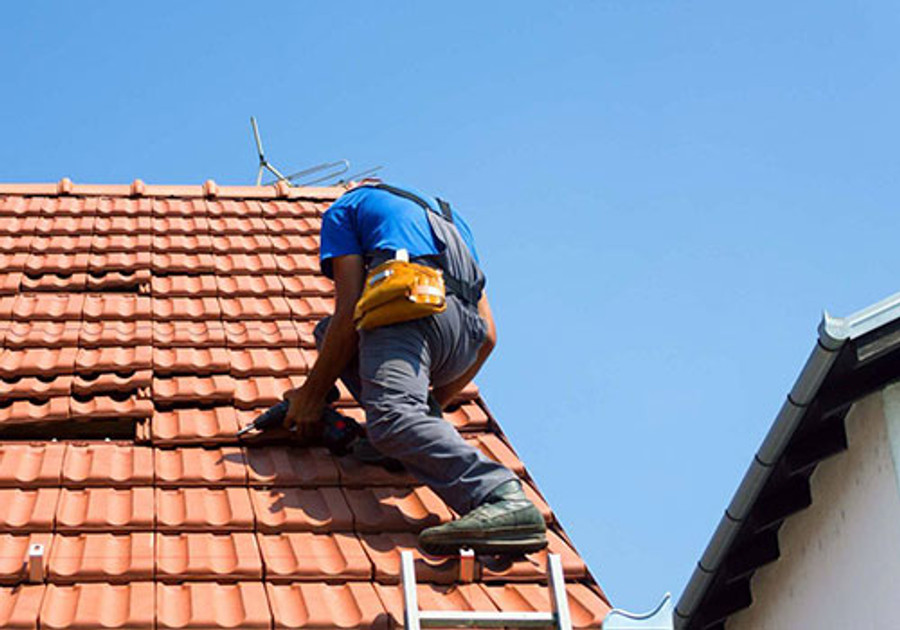10 Safety Tips
Posted by Howie Scarboro - CEO Fall Protection Distributors, LLC on Feb 23rd 2022
If you have workers who are working at height, safety should be a top priority. For starters, it can mean the difference between life and death. Having the right equipment might just be what keeps your worker alive through an unexpected fall. Other times, good equipment can mean that an accident isn't as serious as it could have been.
What is Working at Height?
Working at height refers to any work in which a person is at risk of falling and possibly injuring themselves. While working on a ladder or roof may be the first instance that comes to mind, working at height can also refer to anywhere else that someone could fall from. When working at height, it's important to take all necessary precautions, as falling is one of the biggest occupational hazards.
To decrease the risk, follow these ten rules from OSHA:
Utilize the use of railing when necessary
The easiest way to protect workers at a height is through the use of guardrails. Railings are a form of passive protection. Passive protection does not require training or extra equipment as it functions without the need for workers to do anything. It is the easiest way to comply with OSHA standards and protect workers. Railing systems come in different shapes and styles, but they all serve the same purpose: to keep people safe on your roof. Some railings are non-penetrating, while others are attached to the parapets of your building. Whichever you choose, once installed, you can rest assured that these safety systems will be useful for years to come.
Choose the appropriate PPE
If you’re going to use personal fall protection equipment, you need to know how to choose the right equipment for your job. When choosing a personal fall arrest system, it’s important to understand the different features that it may have. All full-body harnesses that meet ANSI standards will perform the same, and any customer who has used one in the past should feel confident buying another. However, that price differential isn’t always due to frivolous features; sometimes you're gaining or sacrificing functionality with each step up the ladder. So, it's best if you choose the best PPE available.

Thoroughly Check Your PPE Before Use
Harnesses and lanyards must be in good condition. If they're not, they can cause serious safety issues. This is because a lanyard's breaking strength is based on its material, not on the equipment (depending on lanyard length). Therefore, it’s best to inspect them annually so you can fix any issues before they become a bigger problem.
Study Fall Distance
Even with the best fall protection equipment, if it fails to engage before you hit something, you’re unprotected. This may sound like a common-sense statement, but people often overlook this essential part. While observing a worker at 10 feet off the ground, you may notice that he is wearing a 6-foot lanyard with a carabiner as an attachment. At first glance, you might think it will work; however, there are several reasons why this safety measure will not protect the worker from falling.
Choose the Right Anchor Point
As we just discussed, there are many different components to a fall protection system. One of these is the anchor point. This can be either a tree or a beam, however, one heavy gust of wind could cause it to weaken and the entire system to fail. That’s why it’s important to use the right tools for the job, such as a CE-certified anchor point.

Use the Proper Equipment for Working at Heights
All fall protection solutions are not the same and should be tailored to the specific needs of your workers. If they are higher up, you might decide to install a scaffold and include a safety railing so they can move more freely. If they're on another lower-leveled surface such as a ground or second floor, ensure they have proper horizontal lifelines in case they accidentally fall.
It is important to recognize the type of elevation system needed for a given project. Ladders can be dangerous and restrict a worker's range of motion. Scaffolding, on the other hand, has a variety of purposes and can increase productivity, especially when you are working at a height. Finally, aerial lifts are great for accurately reaching high areas without sacrificing mobility.
Ensure Proper Use of Aerial Lifts
Safety is paramount as a general rule when operating an aerial lift. However, one thing that's often overlooked is protecting employees in a boom lift with fall protection. The easiest way to protect your workers while they're operating in the boom lift is by installing a fall protection system.
Use Ladders Properly
Ladder accidents are more common than one might think. Some of the most dangerous ladder-related incidents include falls from the ladder, toppling over backward, and tip-overs, which can be extremely hazardous to those around the ladder. To prevent these types of accidents from occurring, there are a few important suggestions to keep in mind.
Identify What Fall Protection Is Needed
There are multiple factors to take into consideration when determining what type of fall protection is required by OSHA. For example, you should consider not only the frequency, duration, and location of work but also the type of equipment being used in the work environment and the proximity of overhead hazards. OSHA requires fall protection for ladder use, scaffolding use, and when workers must perform tasks at elevated heights.

Train Fervently
Training is an important part of the employee lifecycle that should be performed by every company that uses a tower climber. Employees must have the necessary information to understand the safety protocols in place and work safely. Falls in the workplace are among the top three causes of death, but they are not an issue for just workers. Safety experts agree that there is no such thing as a “safe” fall and that all accidents are preventable. By arming yourself with knowledge, you can prevent injuries — and save lives.

